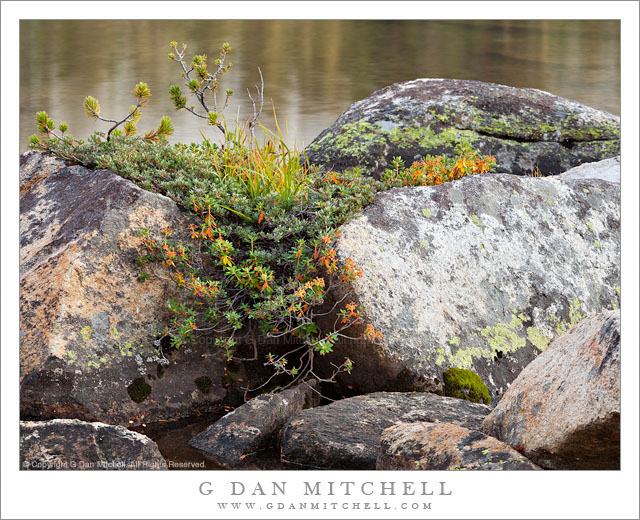Bicycle Rider, Brick Wall. Seattle, Washington. May 5, 2012. © Copyright 2012 G Dan Mitchell – all rights reserved.
A bicycle rider in orange rides past a brick wall, Seattle, Washington.
This is going to be the first in a small series of photographs from Seattle, Washington that focus on what might be described as urban geometry – odd or interesting juxtapositions of shapes and colors and so forth. I made this photograph back in early May when I joined a group of Seattle photographers for a “Seattle Photo Walk” in the Fremont District. I had only an hour to shoot, but I managed to work intensely for that hour and come back with some stuff that is interesting to me in one way or another.
One thing that I enjoy about photographing the urban environment is that potential subjects come and go almost constantly and often last only for a brief instant. I have to react so fast that I certainly cannot see everything in the frame in a conscious way while making the photograph, though there is something to be said for perhaps have an intuitive understanding of what is there. When I made this photograph I was walking along a bridge the heads back into Seattle’s Fremont district. I had been looking at these brick buildings which feign being old – they are actually new but with old-looking brick walls. The geometry of the buildings attracted me, but I hadn’t really seen a photograph in them at this point. Then, as I looked, I saw the cyclist coming along wearing this very bright orange shirt and helmet and wearing an orange pack. I quickly framed up a composition that included the building, the walkway, and a portion of the road and then waited for the rider to enter the frame. As he passed through I quickly squeezed off three frames. In two of them, a car obscures the cyclist, but in the final one, taken just before he exited the frame, he is all alone against the patterns of the road and the building. (I didn’t notice until later the windows reflected in the middle row of windows on the building.)
G Dan Mitchell is a California photographer whose subjects include the Pacific coast, redwood forests, central California oak/grasslands, the Sierra Nevada, California deserts, urban landscapes, night photography, and more.
Blog | About | Flickr | Twitter | Facebook | Google+ | 500px.com | LinkedIn | Email
Text, photographs, and other media are © Copyright G Dan Mitchell (or others when indicated) and are not in the public domain and may not be used on websites, blogs, or in other media without advance permission from G Dan Mitchell.




